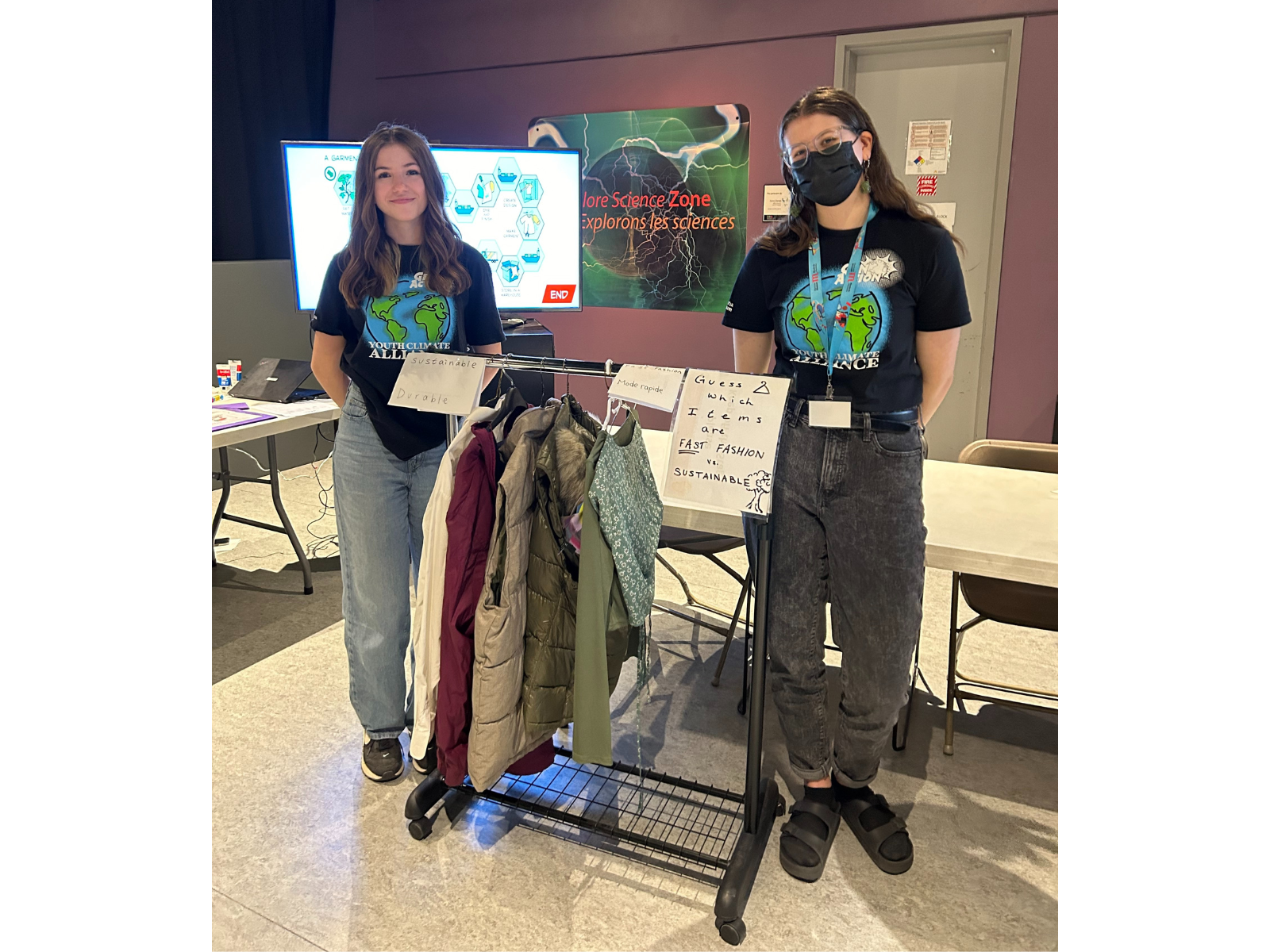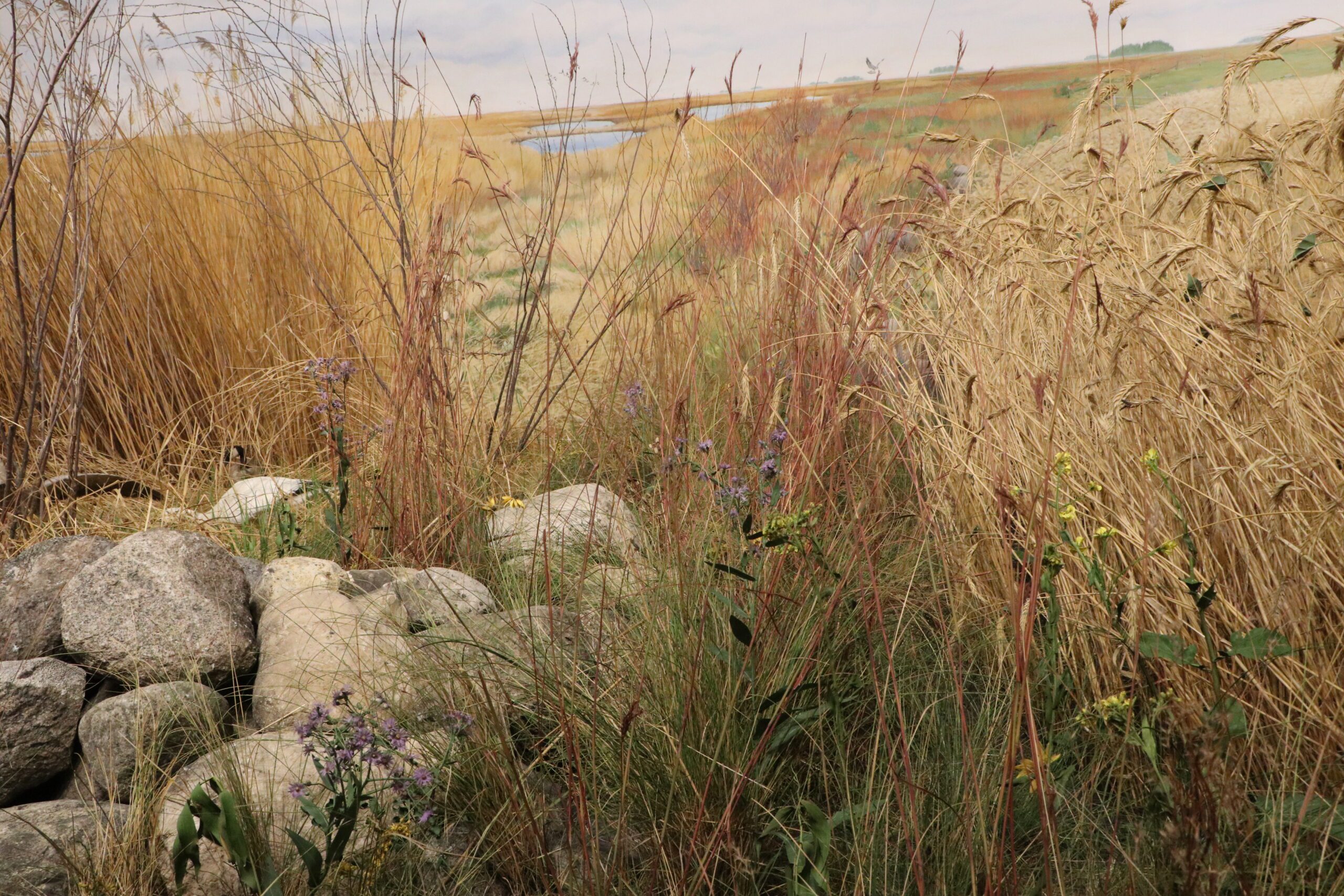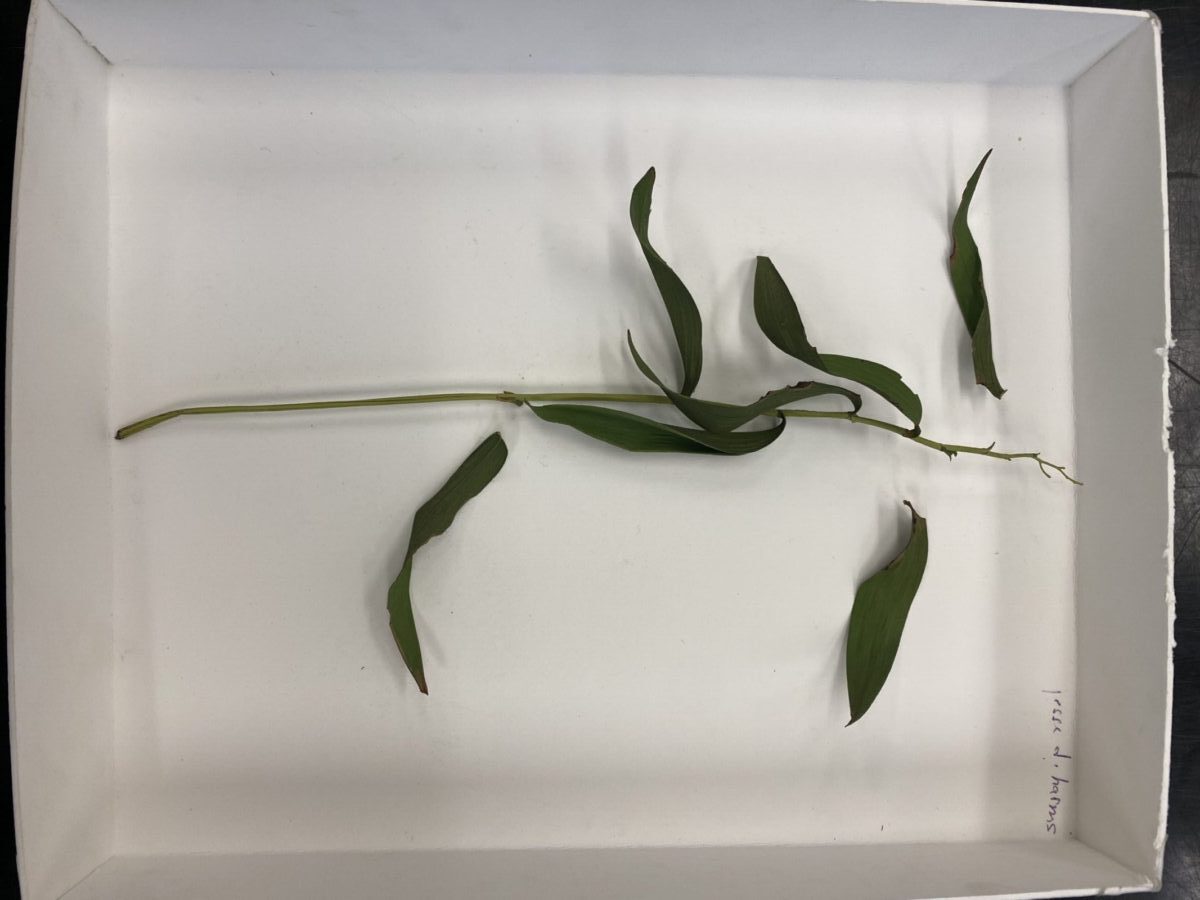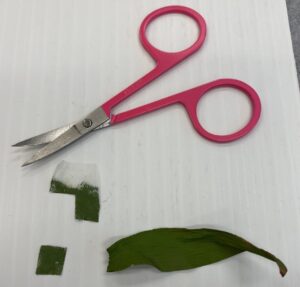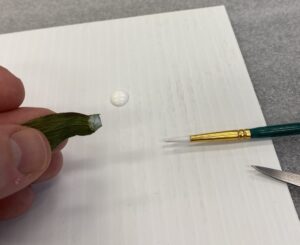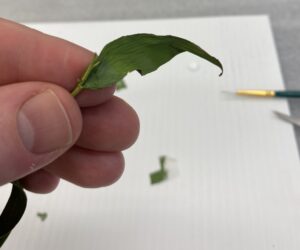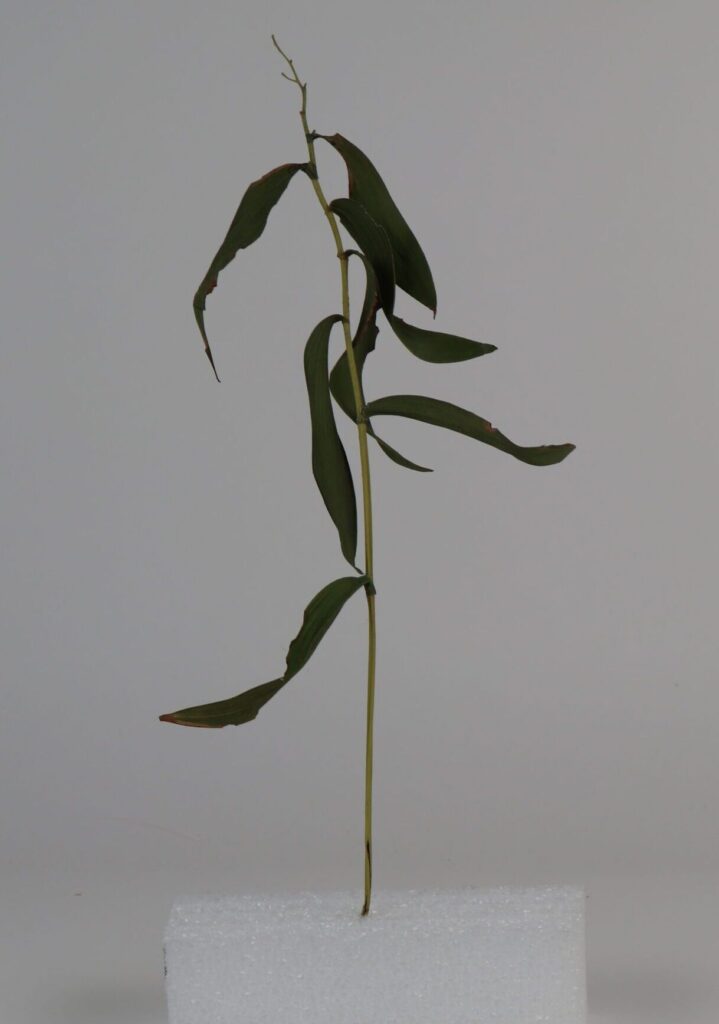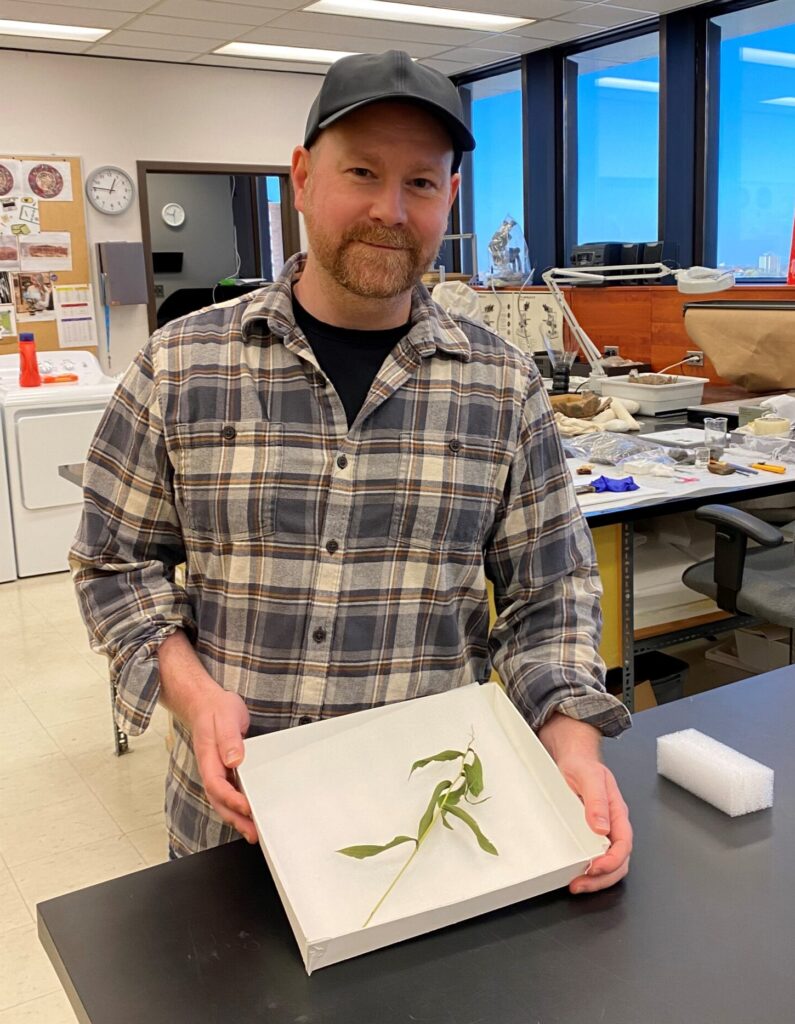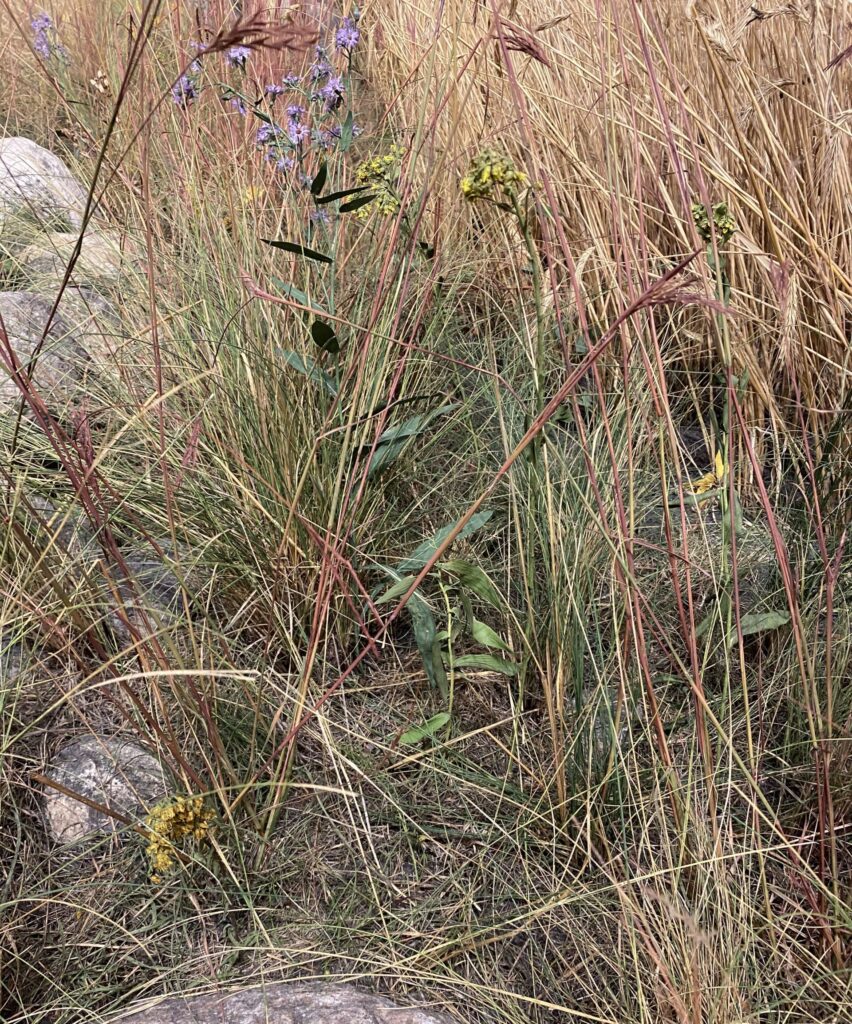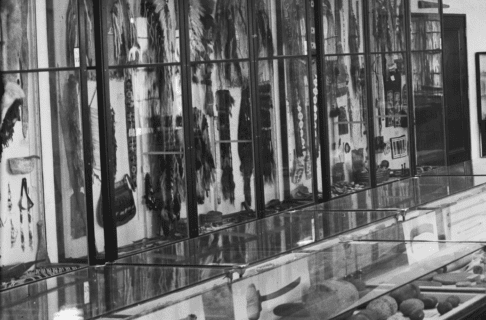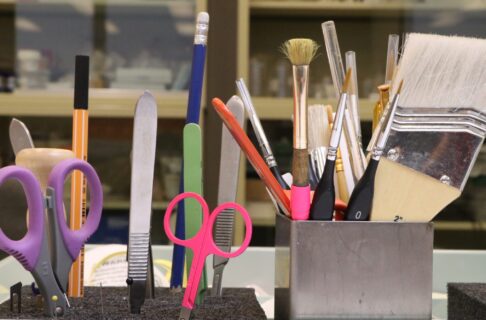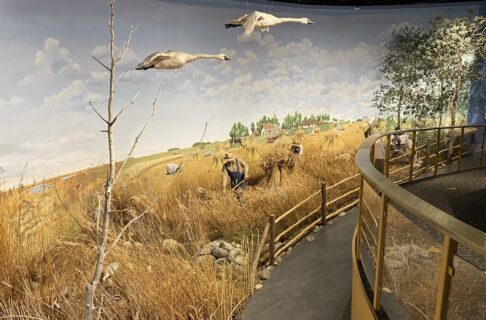(All event dates and times are local times for Manitoba – Central Standard Time. Almost all events are visible across Canada, though – just use your local time instead. The exception is an event like the Solstice or a specific phase of the Moon, which happens at a specific time and date. In those cases, you have to adjust to your local time by adding or subtracting time zones.)
Mon 4 Dec 2023: Last Quarter Moon occurs just before midnight Manitoba time tonight, so many calendars that use Eastern Time or Universal/Greenwich Time will show it on Dec 5th instead.
Sat 9 Dec 2023 (morning): The waning crescent Moon is 4° to Venus’ lower right.
Tue 12 Dec 2023: New Moon
Wed 13 Dec 2023 (evening) through Thu 14 Dec 2023 (Thu): The annual Geminid meteor shower peaks overnight, with the nearly new Moon providing dark skies. With a theoretical rate of over a hundred meteors per hour for most of Canada, this is the meteor shower to see. You’ll want to get to dark rural skies and be well-prepared for a long night of winter observing. Pay particular attention to your vehicle if the temperatures are low, as being stuck in the middle of nowhere on a cold December night can be dangerous.
The Geminids are also one of the few meteor showers that are active before midnight, making them a bit more accessible than other showers such as the Perseids in August, which are at their best in the few hours before dawn. For details on how to turn your meteor watching into scientifically useful data, visit the International Meteor Organization’s Geminid page.
Sun 17 Dec 2023 (evening): The waxing crescent Moon is about 3° below Saturn.
Tue 19 Dec 2023: First Quarter Moon
Thu 21 Dec 2023 (evening): The waxing gibbous Moon is far to Jupiter’s right.
Thu 21 Dec 2023: Also tonight, the winter solstice occurs at 9:27 p.m. CST, marking the sun’s farthest movement south in our skies. This translates into the late sunsets and long winter nights of winter. After this date, the sun will rise earlier each day, and the number of daylight hours will begin to increase.
Fri 22 Dec 2023 (evening): The waxing gibbous Moon is far to Jupiter’s left.
Tue 26 Dec 2023: Full Moon
Thu 28 Dec 2023 (evening): The Manitoba Museum’s award-winning online astronomy show Dome@Home airs at 7 p.m. CST, live on the Museum’s Facebook and YouTube pages. Dome@Home covers the celestial sights and events visible in the coming month, and highlights some of the cool space stuff that’s happened in recent weeks.
Sun 31 Dec 2023: The last day of the Gregorian calendar which is used in most parts of the world including Canada.







